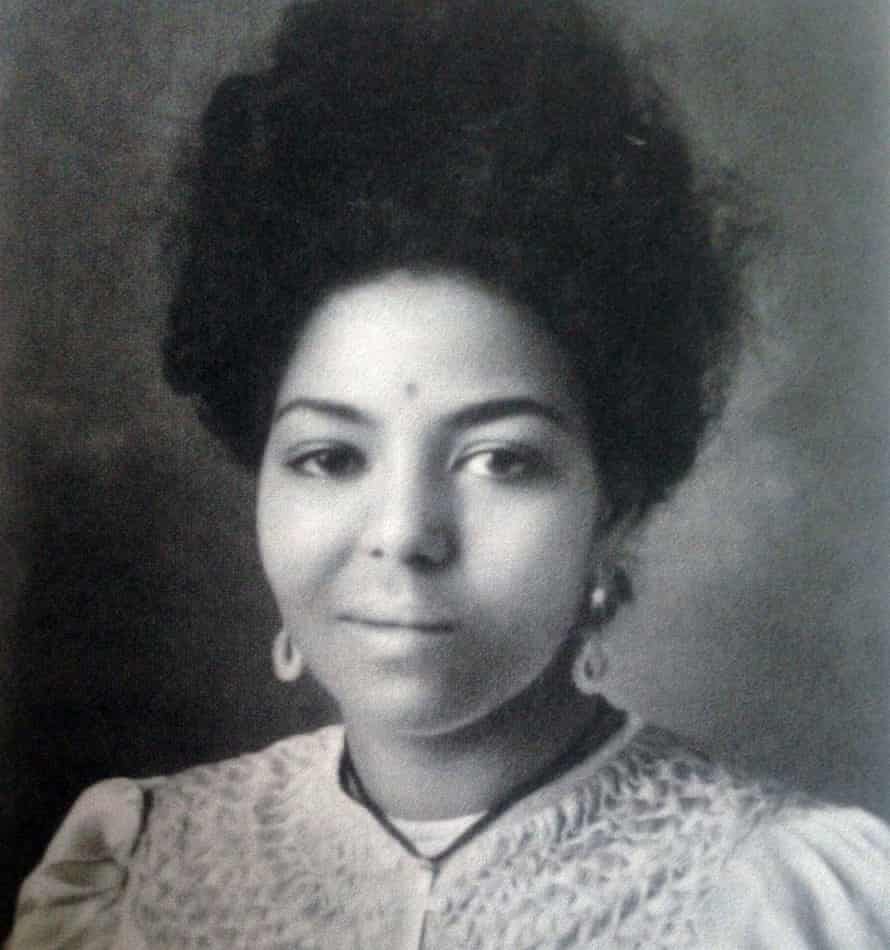Kate Molleson’s new book Sound Within Sound is ten chapters of fantastic anecdotes and information about ten composers of the 20th century, arranged chronologically according to their birth year: Julián Carrillo, Ruth Crawford, Walter Smetak, José Maceda, Galina Ustvolskaya, Emahoy Tsegué-Mariam Guèbru, Else Marie Pade, Muhal Richard Abrams, Éliane Radigue, and Annea Lockwood.
That only one of these composers is white, male and European (Smetak) – and he emigrated to Brazil – is worn as lightly by this book as the sky-blue silk scarf Éliane Radigue tosses on for one of her indelible interviews with Molleson.
There are many throughlines to these varied stories: a thread of spiritualism; connection to folk musics; invention of unique instruments; embrace of electronic technologies; rejection of traditional virtuosity; and simply a love of piano. Diversifying the canon is clearly the program. But with these spectacularly rich examples of music before you, connections of all kinds start to blossom.
Molleson doesn’t belabor those connections – she is a radio host by trade, and the chapters are simply linked in the way you might expect from a series of episodes. At the end of each, there’s a quick segue with preview of what comes next. There’s no heavy theorizing about what might bind these composers to a single story.
Nor is there a need. Perhaps the importance of a single overarching story is one of the myths diversity can explode? These are highly individual portraits, above all. And what vivid ones! Many of the composers are, unsurprisingly, eccentrics. All are fiercely committed to their vision. The combination makes for some fabulously (im)possible dreams of music, starting with Carrillo’s “13th sound.”
Sonido 13 was no specific note, no identifiable interval, no pin-downable tone. At its simplest, Carrillo’s thirteenth sound revolution foresaw a musical future built in intervals smaller than a semitone. He was certain that the twelve-tone scale – the octave divided into twelve equally tuned semitones – had reached its limit… [But] over the many decades of his long life, Carrillo’s theorizing took on a scope far greater than the logistical splitting apart of octaves. Sonido 13 was an umbrella concept, a rhetorical provocation, a physical conjecture and a metaphysical whimsy.
Carrillo’s pursuit of the thirteenth sound led to his building new instruments, including multiple varieties of microtonally tuned pianos. One has ninety-seven keys and spans only one octave.
I feel like I am in a fever dream just typing that.
Some of these composers I know from LPs and CDs. But many of their works cannot be recorded (another interesting throughline). Here Molleson’s skill as a storyteller builds aural impressions solely from words – as in her extended description of a unique performance José Maceda scored for twenty taped works broadcast simultaneously by thirty-four radio stations in Manila on New Year’s Day, 1974. All broadcasting in Manila was devoted to this work from 6pm-7pm that day. And all residents were invited to bring their radios out to the public parks, tuned to whichever station they chose.
Again, a fever dream of an audio event. As Molleson points out, coordinating Maceda’s mad work took not only this particular composer and his musical collaborators, but a dictatorial government with a bizarre interest in sponsoring such a work, and capable of ordering all broadcasters to comply… Not a situation one would necessarily want to see reproduced, even if it could be.
Annea Lockwood’s works for piano – for buried pianos, drowning pianos, burning pianos – are similarly impossible to reproduce. Even though she has tried,
wrapping a bunch of old microphones in asbestos so they might withstand the flames as long as possible, wiring them up to a reel-to-reel Uher tape machine and burying them inside the instrument. Then she added a dash of lighter fluid and struck a match. A crowd gathered and chattered so excitedly that the recording… was wrecked… The piano burned for more than three hours. When the last embers had died down, Lockwood and a group of fellow artists retreated to a tent and performed a seance to summon the spirit of Beethoven.
Clearly not a work made for CD. Eliane Radigue, whose compositions can span many many hours, tells Molleson that with her music she is reaching for an experience,
when she had an epiphany standing in a museum and imagining all the wavelengths bouncing from the earth to the sun and onwards between galaxies. ‘It was too much to comprehend. I imagined how we are all bathing in a galactic ocean of sound waves.’
This is a scale of sound beyond recording. It has to be invoked by the mind as much, or more, than the ears.
Perhaps this is one of the reasons spirituality appears again and again in the stories of these composers. Music is, for many of them, more than what we can convey through sound. Emahoy Tsegué-Mariam Guèbru, whose solo piano works are among the simplest to share through traditional means, is in fact one of the most mystical. Following a near-death experience in her early 20’s, she has devoted herself to the Ethiopian Orthodox Church for the duration of a very long life, living as a hermit for a period and then as a nun (she is now 98).
I have records of Emahoy’s piano that I love – it is music very easy to love – but I never knew much of the story behind them. Unlike some in Molleson’s book, hers is a tale well served by audio. So it was a bonus to discover that Molleson has also made a beautiful radio documentary about Emahoy, and their encounter in a Jerusalem monastery. I can’t reproduce the myriad pleasures of Molleson’s book in this short description. But I can point you now to this excellent half-hour of tape:
https://www.bbc.co.uk/programmes/b08mb1ft
Listening to: a conch shell
Cooking: tomatoes, tomatoes, tomatoes










Thank you Damon! I sensed I would find this kind of essay by subscribing and you delivered.
There are so many remarkable humans who have dedicated their lives to work that does not fall within the confines of acceptability / readily accessible. Often difficult to find until somehow popularized, the fringes of art and expression provide a window into the future— often quite obscured but then, this is a central, and deeply inspiring part of the experience. You have yet again provided me with an access point of resonance, inspiration, and connection.
Thanks for the suggestion and the wonderful writing, Damon! I did not know about half of these composers and now I'm completely intrigued to read Molleson's book and listen to them. What amazing stories!